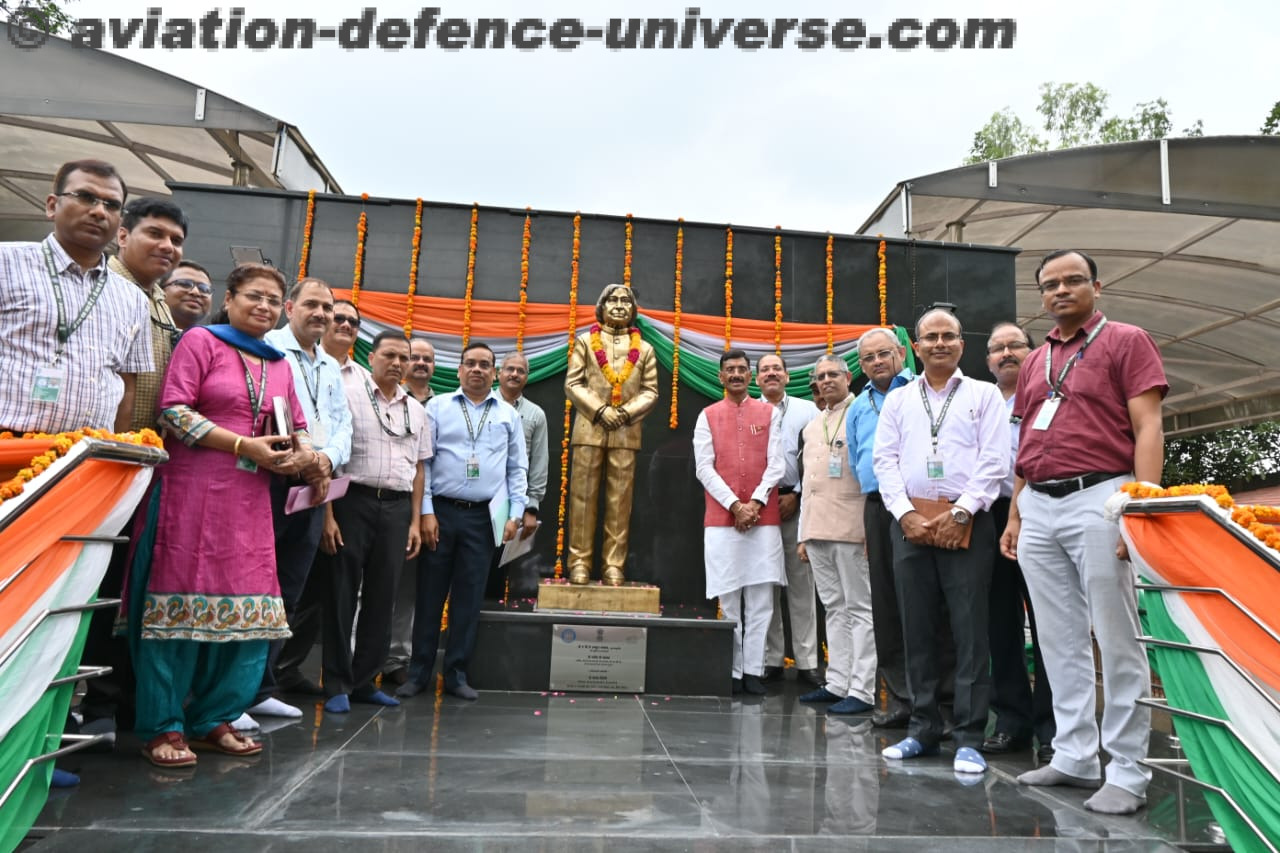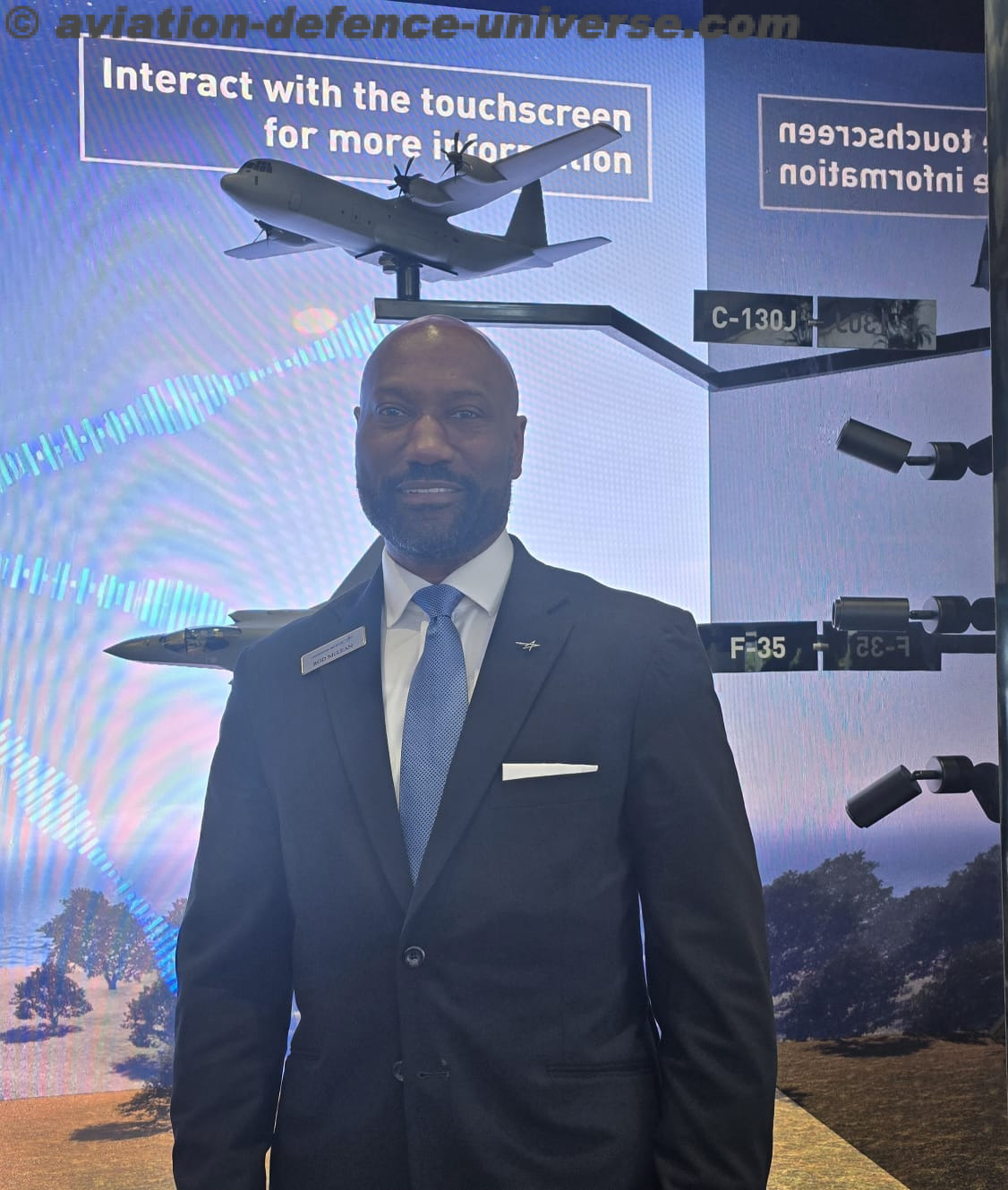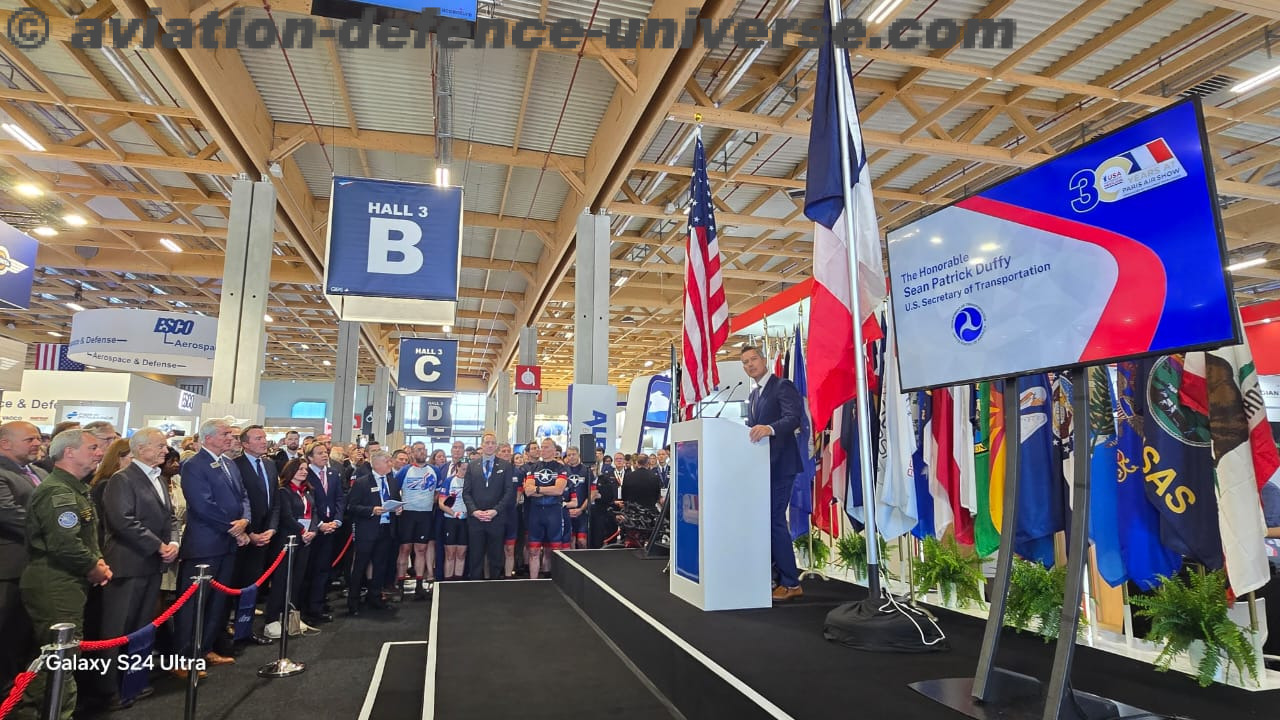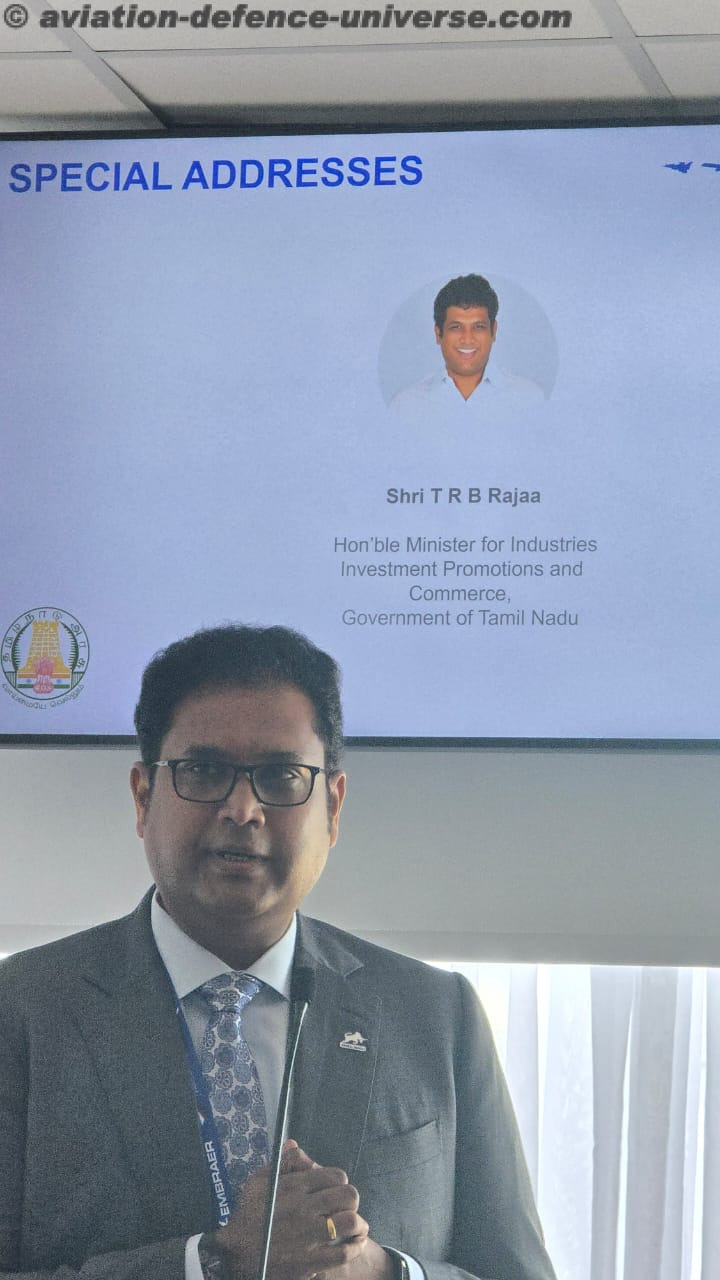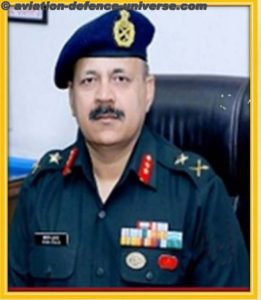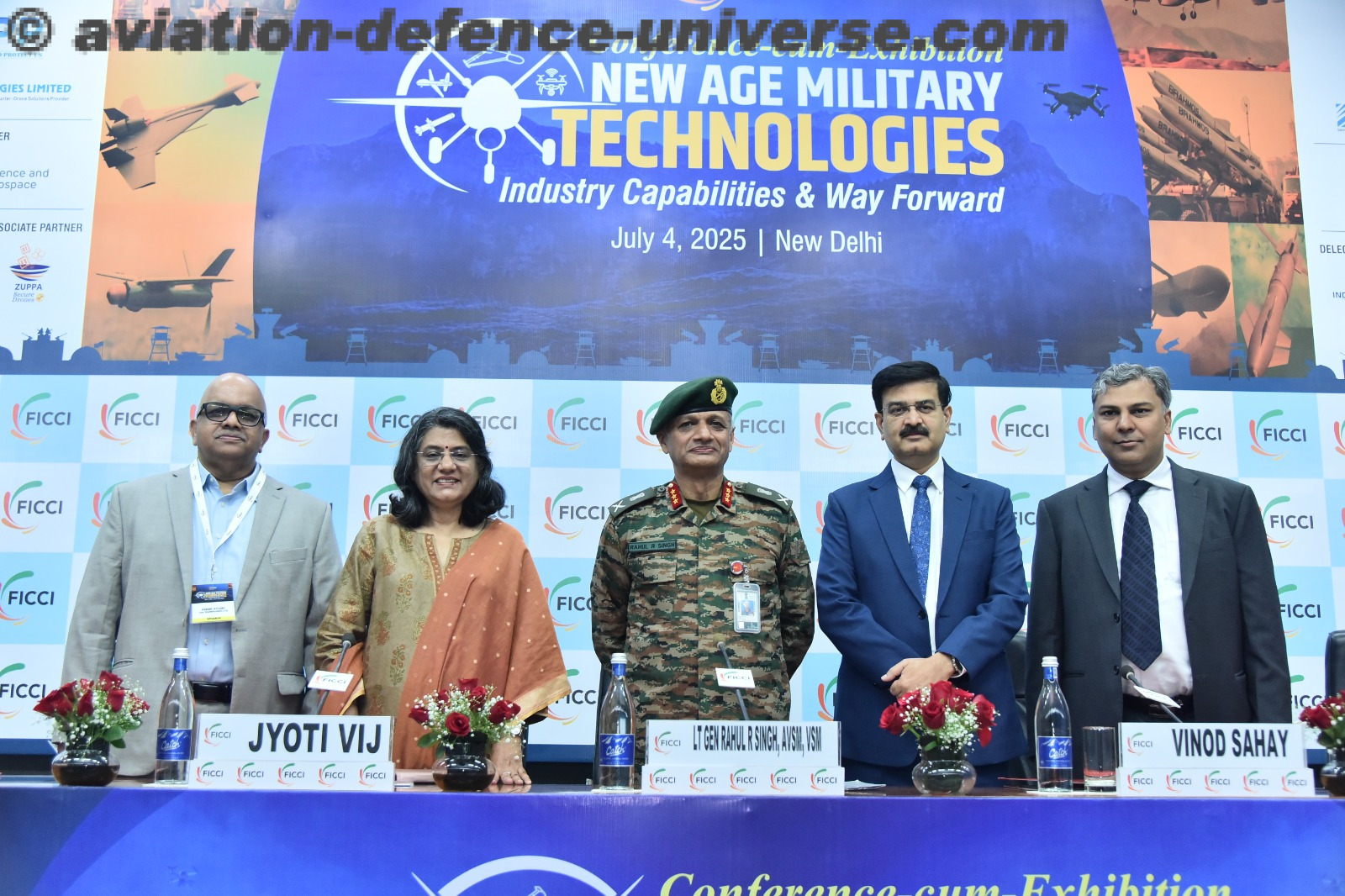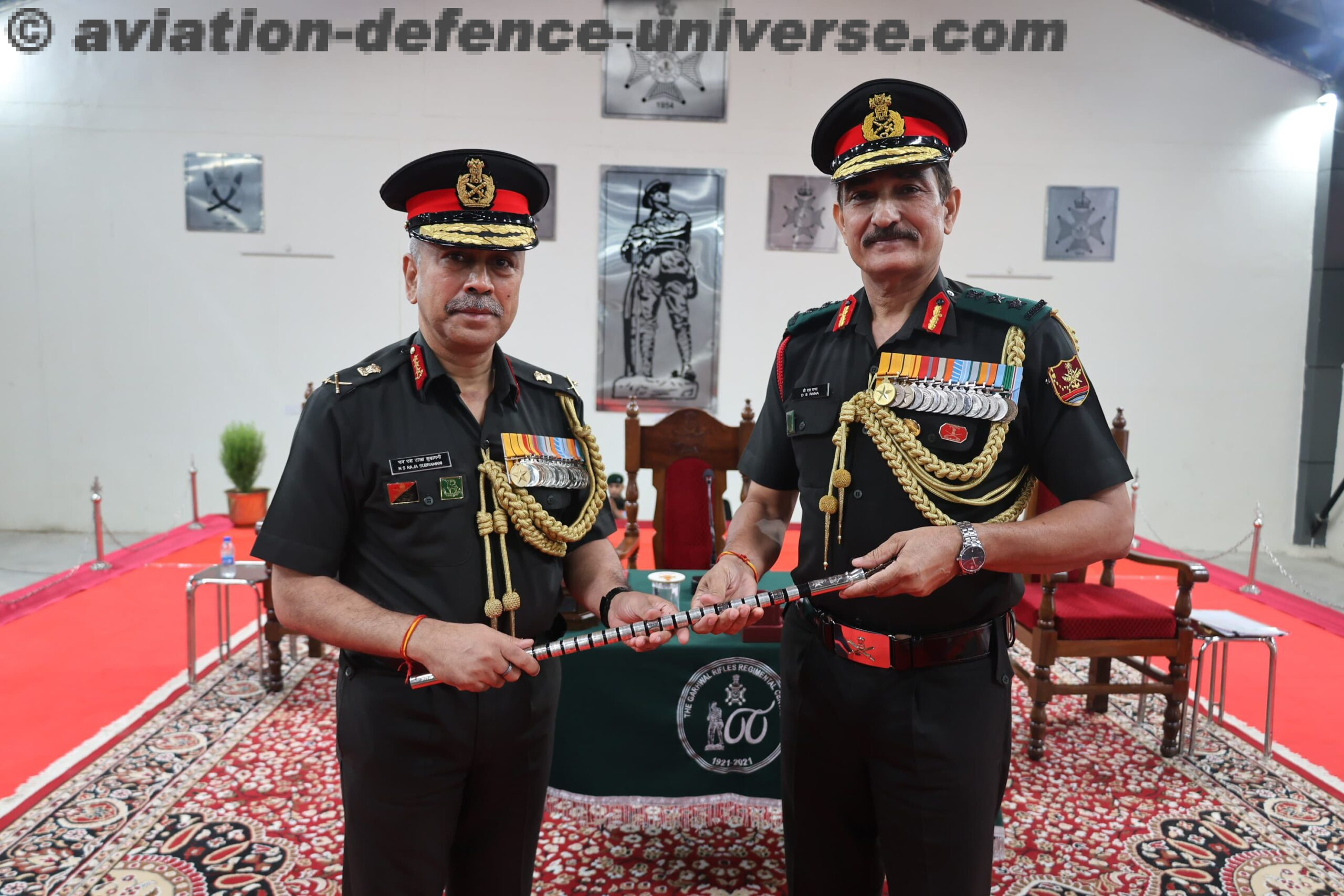- United States Army Recruiting Command (USAREC) is the role model
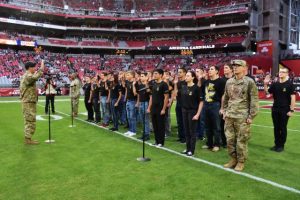
By Brig. VK Atray
New Delhi. 09 February 2019. Does India Need To Learn From Military Mights World Over, Is The Question We Will Keep Asking Ourselves And You All.
In our effort to identify best practices in militaries world over, we decided to begin from the beginning of the process of military life — Recruitment. Do we ever recall the first steps of the life we lead for decades? All the more do we feel that the team which recruits the best Army in the world is an entity respected ,honored and given its due for finding the most valiant soldiers to guard the nation?
I look back at my fifty plus years and the shocking revelation is that the recruiters are the most forgotten and not-valued entity. And realized that the first good motivating lesson we as an Army can learn is from the US Army , which not only respects but also gives permanency and stature to the team which recruits the soldiers. It has the United States Army Recruiting Command (USAREC) whose mission is to recruit the enlisted, non-commissioned and officer candidates for service in the United States Army and Army Reserve. This process includes the recruiting, medical and psychological examination, induction, and administrative processing of potential service personnel and has the independence with no interference from any quarter.
The Recruiting Command is a field operating agency administratively responsible to the Office of the Deputy Chief of Staff for Personnel. The Command employs more than 7200 Active and Reserve Component recruiters at more than 1,600 recruiting centers across the United States and overseas. The Command is guided in its operations by the United States Mobilization Doctrine.
The Command is commanded by a Major General, and assisted by a Deputy Commanding General (Brigadier General), with five recruitment brigades and a number of support brigades in the Command.
U.S. Army recruiters generally are DA selected for three-year assignments. These “detailed” recruiters return to their primary military occupational specialty after obligation as recruiters. Center Leaders and reserve recruiters are all career recruiters who stay within USAREC for the duration of their careers.
General Paul Gorman’s Retd ( US Army ) in his institutional history of the U.S. Army ‘ The Secret of Future Victories ‘ credits George C. Marshall as the architect of the modern version of the current system for personnel allocation.
Recruiting for the U.S. Army began in 1775 with the raising and training of the Continentals to fight in the American Revolutionary War under Article I of the U.S. Constitution. The Command traces its organisational history to 1822, when Major General Jacob Jennings Brown, commanding general of the Army, initiated the General Recruiting Service. For much of the rest of the 19th century recruitment was left to the regimental recruiting parties, usually recruiting in their regional areas as was the practice in Europe.Up to the commencement of the American Civil War two types of forces existed in the United States that performed their own recruiting: those for the regular Federal service, and those for the state Militia service.
Due to severe shortage of troops after the first year of the war, conscription was introduced by both the Union and the Confederacy to enable continuing of operations on a thousand-mile front. The conscription was first introduced in the South by President Jefferson Davis on the recommendation by General Robert E. Lee on 16 April 1862. The U.S. Congress enacted by comfortable majorities the Enrollment Act of 1863, also known as the Conscription Act, on 3 March after two weeks of debate. As a result, approximately 2,670,000 men were conscripted for federal and militia service by the Northern states.The realization that volunteers could never again be depended on for service was clear in the post-war analysis, but the dependence on them prevailed until the commencement of the First World War when President Woodrow Wilson, arguing for America’s exclusion from the European war, believed that there would be found sufficient volunteers to meet the nation’s military needs. However, European experiences with industrial warfare prevailed, and two years later the US Congress passed the Selective Service Act of 1917.
There were two primary reasons for President Wilson approving conscription: he recognized the efficiency and equity of the draft over the difficult-to-manage system of inducting and training volunteers, and that by opting for conscription, he realized the possibility of blocking one of his leading political critics and opponents, former President Theodore Roosevelt from raising a volunteer force to lead in France. The Act was however very selective in that “the draft ‘selected’ those men the Army wanted and society could best spare: 90 percent of the draftees were unmarried, and 70 percent were farm hands or manual hands.”
Conscription was again used to create a war-time Army from a small peace-time professional cadre in 1941, which eventually numbered 8.3 million personnel. However, there was a society-wide support for the conscription during the Second World War, in part due to efforts of the National Emergency Committee (NEC) of the Military Training Corps Association led by Greenville Clark who became known as the “Father of Selective Service.” The Congress, faced with imminent need to mobilize, still took three months of debate until finally passing the Selective Training and Service Act (STASA) of 1940 in June. Nearly 50 million men registered and 10 million were inducted into armed forces under the Act.Although the STASA was extended after the war, it ended on 31 March 1947, and the Army had to turn to recruiting volunteers again, requiring and estimated 30,000 volunteers a month, but seeing only 12,000 enlisting.
With the Cold War looming, the Congress authorized the Selective Service Act of 1948 to enable President Truman to provide for 21 months of active Federal service, with all men from ages 18 to 26 required to register. This Act was extended due to the start of the Korean War, and replaced by the Universal Military Training and Service Act of 1951 by revising the earlier Act.
The new Act extended the President’s authority to induct citizens for four years, granted him the authority to recall reservists, lowered the draft age to 18, lengthened the term of service to two years, and cancelled deferments for married men without children.
With the end of the Korean War, the draft remained in force, but became increasingly unpopular although it continued to encourage volunteers and selected the bare minimum of annual recruits. Repeatedly renewed by overall majorities in Congress in 1955, 1959, and 1963, its final extension in 1967 was also passed by a majority of Congress, but only after a year of hearings and public debate. The U.S. Army became an all-volunteer force again in 1973. During the years of the Vietnam War between From 1965 to 1973, there were 1,728,254 inductions through selective service. There was however a direct effect on public support for the draft that was high even after the Korean War to its low in early 1970sbecause Draftees, who constituted only 16 percent of the armed forces, accounted for over 50 percent of combat deaths in 1969, a peak year for casualties. Little wonder that the draft became the focus of anti-Vietnam activism.
With these political consequences in mind in 1969 President Nixon appointed a commission, led by former Secretary of Defense Thomas Gates, “to develop a comprehensive plan for eliminating conscription and moving toward an All Volunteer Armed Force.” However, even before this commission submitted its report on 13 May 1969, President Nixon informed the Congress that he intended to institute a reform that would see the draftees replaced with volunteers in his Special Message to Congress on Reforming the Military Draft. In February 1970, the Gates Commission released its favorable AVF report, which stated that “We unanimously believe that the nation’s interests will be better served by an all-volunteer force, supported by an effective stand-by draft, than by a mixed force of volunteers and conscripts; that steps should be taken promptly to move in this direction.”
Facilitating the transition to an all-volunteer force, the Army created District Recruiting Commands (DRC) through the continental United States to direct the efforts of its recruiters among the civilian population. The DRC’s became “Battalions” in 1983.
United States Army Recruiting Command’s has five recruiting, one medical recruiting and one recruiting support brigades in the Command. Each brigade consists of a number of battalions, with each battalion consisting of six to nine companies. A battalion, commanded by a Lieutenant Colonel, employs about 12 officers, 250 enlisted members, of which the majority are on-production recruiters working from recruiting centers, and some 20 civilian support staff.
India has a list of recruitment ills and I wonder will we ever be able to come up to the levels of recruitment standards of the US. With .3 bn population, large unemployment, long queues at recruiting rallies lead to steep supply and demand ratio which in turn leads to corruption .Large number of candidates & limited seats available could be reason but too many recommendations pressurizing the board also result into diluting the quality of intake. Not bright & career oriented officers are posted as Branch Recruiting Officers who are many a times tempted to indulge into malpractice. Many a times touts are responsible to lure the candidates with a promise to get them recruited.
However, we should not be complacent but learn from the US model and may be that an organisation similar to could be established for recruitment in our forces. Probably a streamlined system with both the fear of punishment and expectation of reward can make recruitment not the least priority but the most important exercise.













